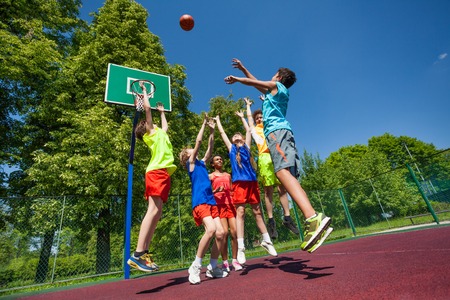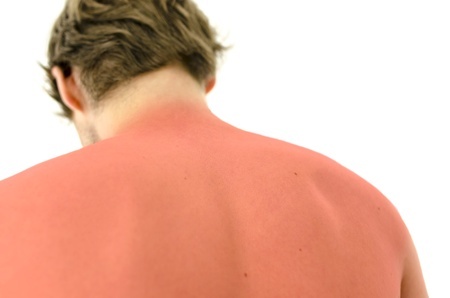Summer is a wonderful time of the year. Kids are out of school, we go on vacations, going swimming, hiking, walking, camping — there are all sorts of wonderful outdoor activates to do with the family. Along with summer activities comes a few things of which to be mindful — animals, bugs, storms and heat to name a few. So let’s talk about heat for a few minutes, because it is important to stay cool and hydrated.
- Drink plenty of water to stay hydrated. Adding a little lemon helps taste and even provides vitamin C. Get your children in the habit of drinking plenty of water.
- Park in the shade and open your windows slightly. Cars in the summer can reach a whopping 120 degrees! That’s dangerous for both children and pets.
- If you work outdoors:
- Stay hydrated and take breaks in cool locations such as indoors or in the shade.
- Work with a buddy and keep tabs on one another to stay safe.
- For babies who will be in the sun, the American Academy of Pediatrics recommends lightweight clothes, long pants, long-sleeved shirts and brimmed hats. It is ok to place a minimal amount of sunscreen in small areas.
- For kids in the sun:
- Try to keep them out of the sun during the peak hours of 10AM-4PM.
- Wear hats and sunglasses and make sure the glasses are rated to block out the UVA and UVB with 97-100% effectiveness.
- Clothing should be tight weave.
- Wear sunblock of SPF15 or better and reapply it every 2-3 hours.
Have fun and stay safe this summer!



